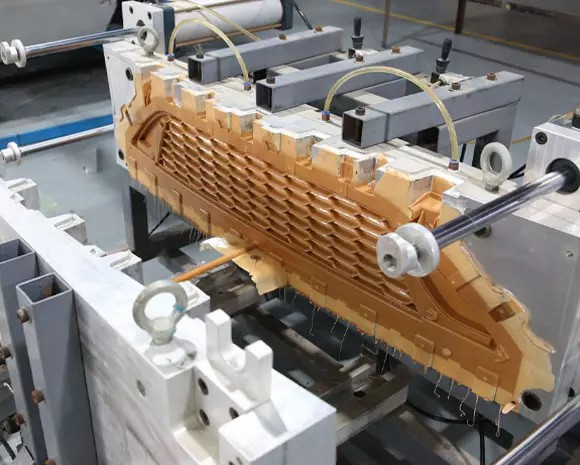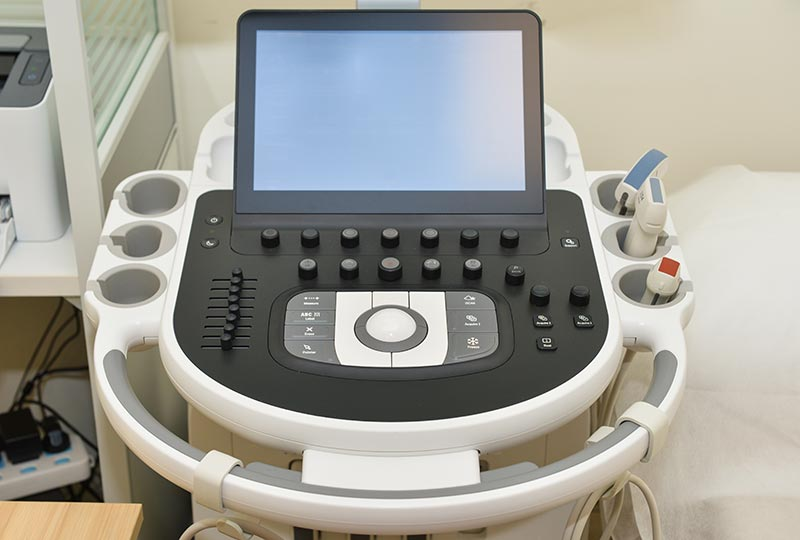
Prototyping is a widely used method of quality assurance and testing of products before starting their bulk production. While prototyping is done in various ways, Reaction Injection Molding (RIM) is a common way of prototype manufacturing. Almost every industry prefers this type of molding for middle/small-scale manufacturing and rapid prototyping, as this method provides them with highly reliable prototypes in an extremely cost-effective manner. In this article, CRAFTVIF will illustrate the working principle of reaction injection molding and what are the benefits of CRAFTVIF’s RIM service for you.
What Is Reaction Injection Molding, And What Is Its Working Principle?
Reaction injection molding is a rapid processing method in which two highly reactive liquid chemicals (polyurethane and resin) are mixed together and injected into a mold. The liquid chemicals react inside the mold to create rigid foam parts with an excellent surface finish. The process requires precise temperature and pressure control to get the workpiece out of the mold.
Advantages of Reaction Injection Molding
According to the feedback from CRAFTVIF’s clients, the reaction injection molding process is warmly welcomed among industries for a variety of reasons described below:
Large parts
Reaction injection molding helps in creating the rapid prototyping of large parts with complex geometries. This is because the raw material is liquid that can fill the mold cavity with low pressure, reducing the clamping force and also the molding cost of large parts.
Inserts Available
The low pressure and temperature condition during the RIM make encapsulating components available, including circuits, batteries, sensors, magnets, etc. Enclosing fragile components into a solid part can protect it from the damage of dust, moisture, and vibration.
Adjustable thickness
Reaction Injection Molding allows for the adjustable thickness of the prototypes, which means that you can design nearly all the samples with this technique. The RIM process uses a liquid material that is injected into a mold. The amount of resin that is used can be adjusted to achieve the desired thickness for the prototype.
Class A Surfaces
This type of molding is well appreciated for producing prototypes with Class-A surfaces. These surfaces have a high level of cosmetic finish and are free from defects. Therefore, the parts created by reaction injection molding can be processed with different surface finishing methods according to various applications.
Low-cost tooling options
As mentioned above, the RIM requires low pressure and temperature, saving the costs of increasing pressure and heating. Also, compared to the steel molding tools applied in traditional injection molding, the low processing requirements of RIM can utilize less expensive aluminum tools for molding.
Convenient spraying inside the mold
In the RIM process, a gel coat and polyurethane lacquer can be applied to the mold before the injection. The gel coat or polyurethane lacquer is combined with the polyurethane material during the molding process, thus completing the decoration of the part within the mold and greatly reducing the cost of secondary painting.

Applications of Reaction Injection Molding
RIM is also famous as it is adopted by numerous industries across the globe. This technique can be used in the manufacturing of:
Vehicle parts
Reaction injection molding is a suitable manufacturing process for making various types of vehicle parts, such as car bumpers and soundproof pads. The process can produce parts with a high strength-to-weight ratio and good resistance to impact and abrasion, which are properties that are well-suited for automotive applications.
Construction Machinery covering parts
Construction machinery covering parts are also made using this molding technique. For instance, this prototyping technique is well-suited for making coverings and enclosures for construction machinery. The parts made with this process have good resistance to impact and abrasion.
Medical Equipment
Reaction injection molding is also widely used for producing different medical equipment components, including orthopedic implants, medical instrument handles, protective guards, and many other laboratory equipment parts.
Electronic Covering Parts
Another famous use of rapid injection technology is its ability to make electronic covering parts. This process can make high-strength and chemical-resistant electronic covering parts that are extremely efficient for prototyping purposes.
CRAFTVIF Rapid Injection Molding Service
CRAFTVIF has established the name in reaction injection molding by working with notable global brands, including DJI, Johnson & Johnson, and Haier. Our efficient process of making prototypes using this technique has made us unique in the competitive market. We are equipped with all the necessary professional certifications.
Our team of experienced engineers, researchers, and marketing professionals has helped us in scaling up the company. So, don’t hesitate to get your rapid prototyping solution from CRAFTVIF!





